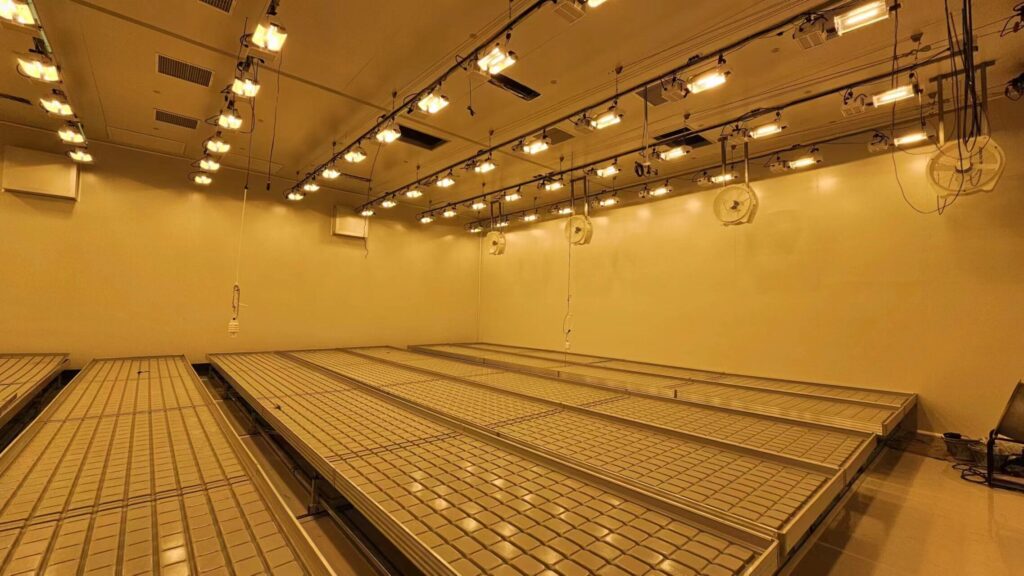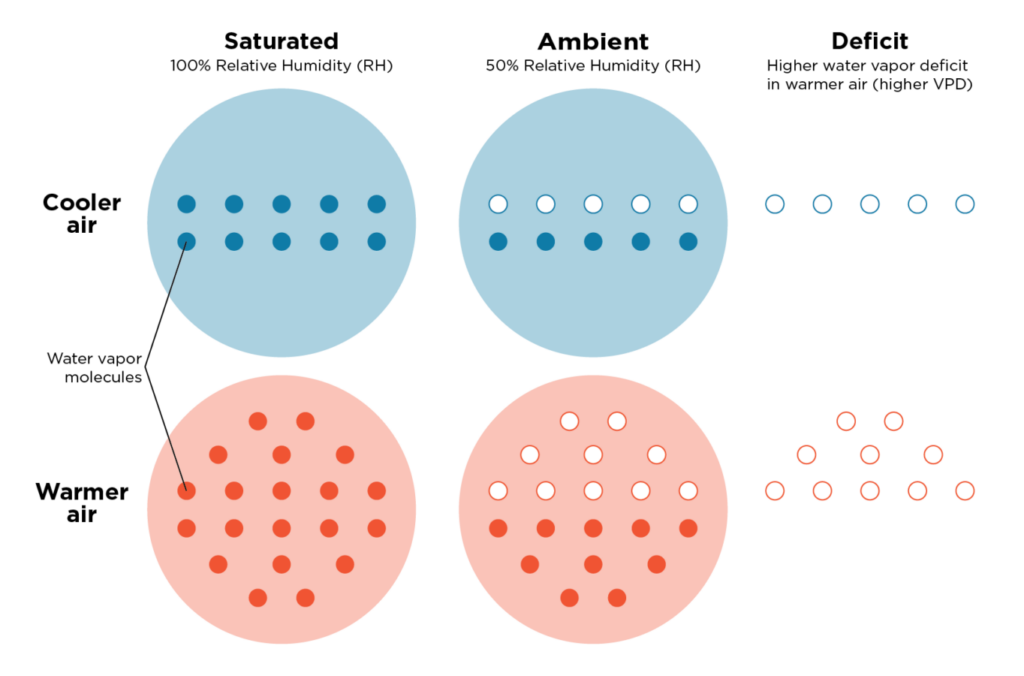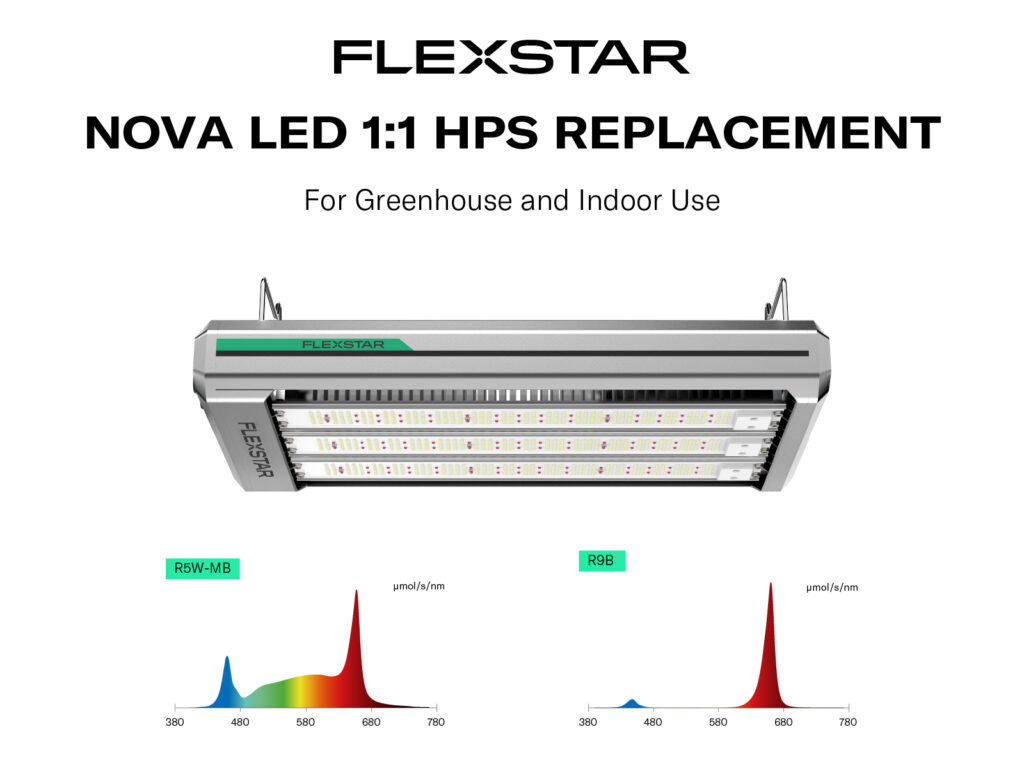Are you considering making the transition from traditional HPS to cutting-edge LED grow lights? It’s not just a change in lighting; it’s a transformation that impacts the very environment your plants thrive in. In this comprehensive guide, we’ll delve into the crucial considerations you need to keep in mind for a seamless transition and optimal growth balance.
1. Temperature, the Key to Photosynthesis Maximization
Maintaining an optimal temperature range is paramount for maximizing the process of photosynthesis. LED lights, unlike their HPS counterparts, emit significantly less radiant heat. This characteristic allows for a more controlled cultivation environment. However, when aiming to preserve the familiar temperature conditions associated with HPS, growers must make necessary adjustments to accommodate the nuanced characteristics of LED lighting.
2. Efficient Dehumidification for LED Advantage
The higher photoelectric conversion efficiency and reduced heat production of LED lights result in a decreased reliance on Heating, Ventilation, and Air Conditioning (HVAC) systems. This reduction in HVAC use may lead to an increase in humidity levels. To maintain an optimal growing environment during this transition, the installation of dedicated dehumidification equipment becomes essential.
3. Vapor Pressure Deficit (VPD) for Balanced Growth
Achieving balance is crucial, and Vapor Pressure Deficit (VPD), a function of temperature and humidity, plays a pivotal role in ensuring an ideal environment for plant growth. Simultaneously adjusting temperature and humidity levels prevents stress and promotes healthy growth, contributing to the overall success of your cultivation endeavors under LED lighting.
4. CO₂ Calibration for LED Precision
With the reduced need for cooling and ventilation in LED systems, recalibrating CO₂ release levels becomes a critical consideration. The increased Photosynthetic Photon Flux Density (PPFD) associated with LED cultivation necessitates adjustments in CO₂ concentration for optimal plant development.
5. Luminous Efficiency: Beyond a Simple Swap
Transitioning from HPS to LED is a nuanced process that extends beyond a simple one-to-one replacement. Understanding the luminous efficiencies is crucial – a 600W LED is generally considered equivalent to a 1,000W HPS in terms of Photosynthetic Photon Flux (PPF).
6. Nutrient and Watering Schedule Adjustments
The reduced radiant heat generated by LED lights results in a 50% decrease in plant water evaporation. To align with this characteristic, nutrient plans must be adjusted accordingly. Ensuring plants receive adequate fertilization is vital for steady growth under LED illumination.
7. Calcium and Magnesium Supplementation under LED
The reduced heat emission from LED lights impacts plant transpiration, potentially affecting the mobility of calcium and magnesium ions. Additional supplementation becomes crucial to prevent deficiencies and uphold optimal plant health under LED lighting conditions.
8. Harnessing Higher Light Intensity with LED
LEDs offer higher light intensity due to minimal radiant heat emission. Synchronizing environmental factors is imperative for managing increased light energy, preventing oxidative damage, and minimizing light inhibition. The use of a Photosynthetic Active Radiation (PAR) meter aids in fine-tuning light intensity to avoid leaf burning.
9. Space Efficiency: LED’s Compact Advantage
Considering a reduction in cultivation space when transitioning from HPS to LED can be a strategic move. LED’s reduced heat emission and spectrum advantages allow plants to thrive in smaller spaces, potentially reducing construction and energy costs.
Making the switch from HPS to LED is a strategic step towards efficiency, sustainability, and enhanced plant growth. By understanding and implementing these considerations, you’ll not only ensure a smooth transition but also unlock the full growth potential of your plants under LED illumination.




